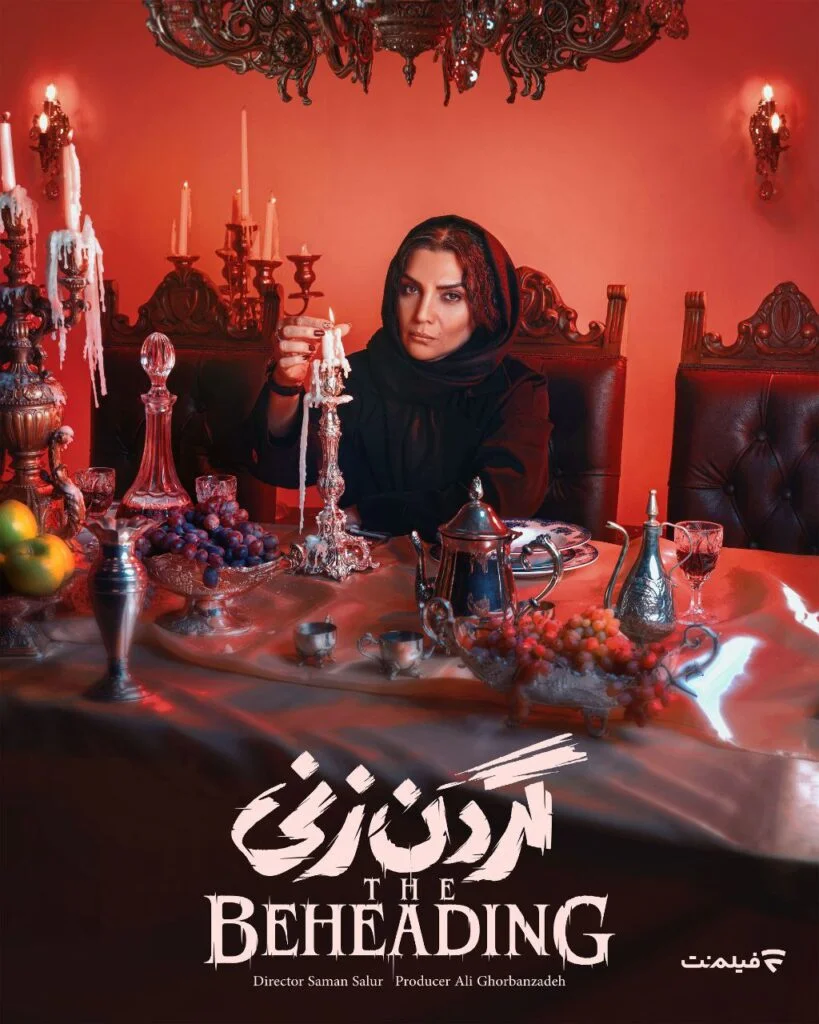What is Gardan Zani?
Gardan Zani is a deeply significant religious ritual predominantly practiced by Shia Muslims during Muharram, especially in commemoration of the martyrdom of Imam Hussain at Karbala. The ceremony involves rhythmic, synchronized movements of the head and shoulders, symbolizing grief, solidarity, and remembrance.
It is much more than a simple act; rather, it serves as a powerful embodiment of collective mourning, cultural identity, and spiritual reflection. Participants engage with heartfelt sincerity, creating a sense of unity within the community.
Why Gardan Zani is Important
Understanding the importance of Gardan Zanai offers valuable insight into Shia culture and the historical trauma of Karbala. It is significant because:
-
It preserves historical memory: The tragedy of Karbala is kept alive through this ritual.
-
It strengthens community bonds: Collective participation fosters unity.
-
It offers spiritual catharsis: Mourning is transformed into a form of worship and reflection.
Therefore, Gardan Zani is crucial not just as a cultural expression, but as a deeply spiritual act of remembrance and connection.
Why Gardan Zani is Trending
Lately, Gardan Zani has been gaining increased visibility for several reasons:
-
Globalization of religious practices: More people are learning about diverse rituals.
-
Social media exposure: Videos and posts from ceremonies spread rapidly online.
-
Cultural festivals and exhibitions: Showcasing different forms of mourning traditions.
-
Documentaries and academic interest: Researchers are exploring its psychological and communal impacts.
Because of these factors, the ancient tradition of Gardan Zani has found a place in contemporary global conversations.
Benefits of Understanding Gardan Zani
Knowing about Gardan Zani provides several benefits:
-
Broader cultural literacy: Understanding diverse traditions fosters empathy.
-
Religious appreciation: Recognizing the depth of mourning rituals.
-
Psychological insights: Mourning rituals’ roles in emotional healing.
-
Community engagement: Building bridges between different cultural groups.
Useful Hints for Participating in or Observing Gardani Zani
If you are new to this practice or plan to observe it, consider the following hints:
-
Dress modestly: Respect the somber tone of the event.
-
Observe in silence: Participation or observation should be solemn and respectful.
-
Understand the symbolism: Learn about Karbala’s history beforehand.
-
Engage empathetically: Approach the event with an open heart and mind.
-
Respect photography rules: Often, ceremonies request no pictures.
Why You Should Learn About Gardan Zani
Learning about Gardan Zani is crucial because it unlocks a deeper understanding of mourning, sacrifice, and communal solidarity. It showcases how cultures express grief in ways that bond generations and preserve history.
In a world growing increasingly interconnected, acknowledging and respecting such traditions enriches one’s worldview immeasurably.
The Origin and Historical Background of Gardan Zani
Gardan Zani traces its roots back over a thousand years to the aftermath of the Battle of Karbala in 680 CE. Mourning rituals evolved to honor the memory of Imam Hussain and his companions, who sacrificed their lives for justice and faith.
The act of Gardan Zani emerged as a non-violent, physical expression of grief, evolving uniquely within Persianate societies and spreading to different regions influenced by Shia Islam.
How Gardan Zani is Performed
The ceremony is generally performed in the following way:
-
Participants form a circle or rows.
-
Movements involve tilting the head rhythmically from side to side.
-
Often, a rhythmic chant or lament (noha) accompanies the movement.
-
Synchronization among participants is maintained, symbolizing unity.
Usually, the performance escalates emotionally, culminating in a powerful communal experience of shared sorrow.
Spiritual and Psychological Impacts of Gardan Zani
The practice of Gardan Zanai holds profound psychological and spiritual effects:
-
Emotional Release: A safe space for expressing grief.
-
Spiritual Connection: Participants feel a direct connection to the sacrifices of Karbala.
-
Community Healing: Mourning together strengthens communal resilience.
Thus, Gardan Zanai is not merely a ritual but an avenue for profound emotional and spiritual purification.
Global Spread and Modern Adaptations of Gardan Zani
While rooted in Persian and South Asian traditions, Gardan Zani has found a place in diasporic communities across Europe, North America, and beyond.
Modern adaptations include:
-
Incorporation of multimedia: Screens displaying imagery during the ceremony.
-
Translations of nohā: Making it accessible to non-native speakers.
-
Hybrid mourning rituals: Integrating Gardan Zaani with local traditions.
Through these adaptations, Gardan Zani continues to remain relevant in a changing world.
Challenges and Misunderstandings About Gardan Zani
Despite its profound significance, Gardan Zaani sometimes faces:
-
Misinterpretation by outsiders.
-
Stereotyping in media portrayals.
-
Internal debates within communities over modernization.
However, respectful education and dialogue can help overcome these hurdles.
Gardaan Zani vs Other Mourning Rituals
Gardan Zani is often compared to other forms of religious mourning, such as:
| Ritual | Community | Main Feature |
|---|---|---|
| Gardaan Zani | Shia Muslims | Rhythmic neck and shoulder movements |
| Matam (Latmiyah) | Shia Muslims | Chest beating |
| Ashura Passion Plays | Iran, Iraq | Theatrical reenactments |
| Christian Good Friday Processions | Christians | Processions commemorating Jesus’ crucifixion |
This comparison highlights the universality of ritualized mourning across religions and cultures.
Important Symbols Used During Gardaan Zani
Certain symbols frequently accompany the ceremony:
-
Black clothing: Mourning color symbolizing grief.
-
Noha (Lament poetry): Artistic expression of sorrow.
-
Alam (standards/flags): Representing the banners of Imam Hussain’s army.
Every symbol enriches the emotional and spiritual experience of Gardaan Zani.
Conclusion
Gardaan Zani is a profound tradition rooted in history, spirituality, and community. Its emotional depth and cultural richness make it a vital part of Shia religious expression and a moving example of collective memory. In today’s globalized world, understanding practices like Gardaan Zani fosters empathy, respect, and interconnectedness across diverse societies.
By embracing the spirit behind Gardaan Zani, one not only honors a centuries-old tradition but also deepens their own appreciation for humanity’s universal expressions of grief, hope, and solidarity.
Also Read: tryhard guides: The Ultimate Gaming Edge Explained
Frequently Asked Questions About Gardan Zani
What is the meaning behind Gardaan Zani?
Gardaan Zani symbolizes collective mourning and remembrance of the tragedy of Karbala.
Why is Gardaan Zani significant?
It helps preserve cultural identity, fosters community spirit, and provides spiritual catharsis.
Is Gardaan Zani only practiced by Shia Muslims?
Primarily yes, although others may respectfully observe or learn about the tradition.
How is Gardaan Zani different from other mourning practices?
It uniquely uses rhythmic neck movements to express grief without violence.
Is it appropriate for outsiders to observe Gardaan Zani?
Yes, provided they do so with respect, understanding, and empathy.
Can Gardaan Zani be adapted for modern contexts?
Indeed, communities worldwide have respectfully adapted it while retaining its core spirit



